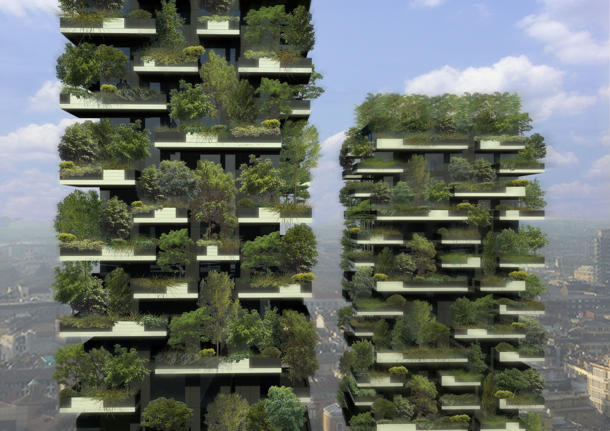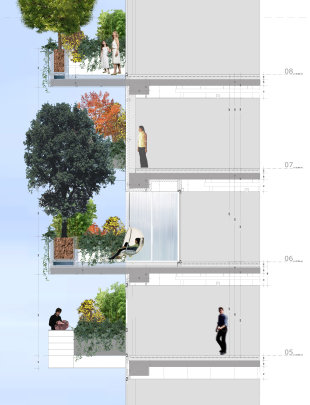Go cheek to whisker at Argentina’s Lujan Zoo
The wisdom—and track record—of the zoo is hotly debated

Many of the animals here are former illegal house pets that are given to the zoo after outgrowing their homes. Image by Zoo De Lujan
With the weather getting warmer, it’s time to get back outside and reconnect with the wildlife—and no place will let you get closer to the wildest of wild things than Lujan Zoo in Argentina. Located just outside Buenos Aires, Lujan Zoo provides zoogoers the opportunity to bottle feed a bear, cuddle a tiger, or rub noses with a lion, and, if these pictures are accurate, walk away un-mauled. While many visitors assert the animals are clearly drugged, the zoo insists the tameness is entirely natural, a product of raising each cub from birth and teaching them to be calm, permissive, and uninterested in eating humans. Since opening in 1994, there have been no reports of unexpected predation, but whether that perfect record is due to good training, luck, or bribery of authorities is hotly debated. Check out this extreme petting zoo below, and remember, the Lujan Zoo is one of the only places in the world where you can pet wild animals, an extremely dangerous activity that you should not take lightly and should never try outside the confines of such facilities.

The zoo says that, in addition to training, keeping the animals constantly fed helps to maintain calm passivity. Image by Zoo De Lujan Con Las Superguias

Lujan Zoo received these brown bears when they were just two months old. Now full grown, the zoo assures they still enjoy bottle feeding, or eating food offered directly from visitors’ mouths. Image by Zoo De Lujan Con Las Superguias

Even tigers need belly rubs. Lujan Zoo currently holds more than 60 of these stripy felines. Image by Zoo De Lujan Con Las Superguias

Lions were part of the inaugural menagerie when the park opened in 1994, along with a monkey, two donkeys, two ponies, llama, deer, and some peacocks. Image by Zoo De Lujan Con Las Superguias

Even though visitors go cheek to whisker with big cats daily, Lujan Zoo has reportedly never had an accident. (While the observant may notice the scratches on this woman’s side, it is unknown where they came from.) Image by Zoo De Lujan Con Las Superguias

Not all residents are furry. Lujan Zoo hosts two female elephants in addition to a wide variety of reptiles and birds. Image by Zoo De Lujan Con Las Superguias

If you’re not one to trust a tiger, Lujan Zoo does offer tamer fare, such as camel and pony rides. Image by A. Pereira

Lujan Zoo has animals of all ages and welcomes humans of all ages. Children under 12 are admitted at a reduced rate and those under 2 get in free. Image by Zoo De Lujan Con Las Superguias


